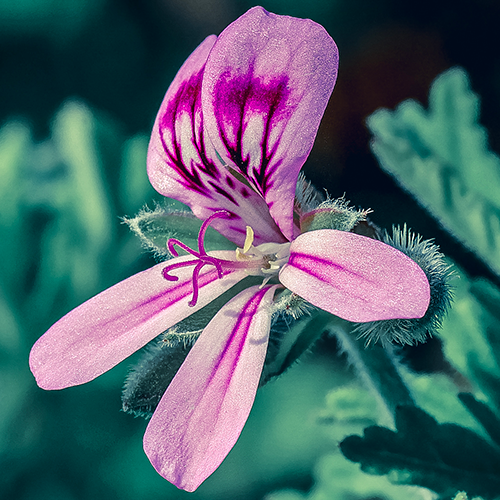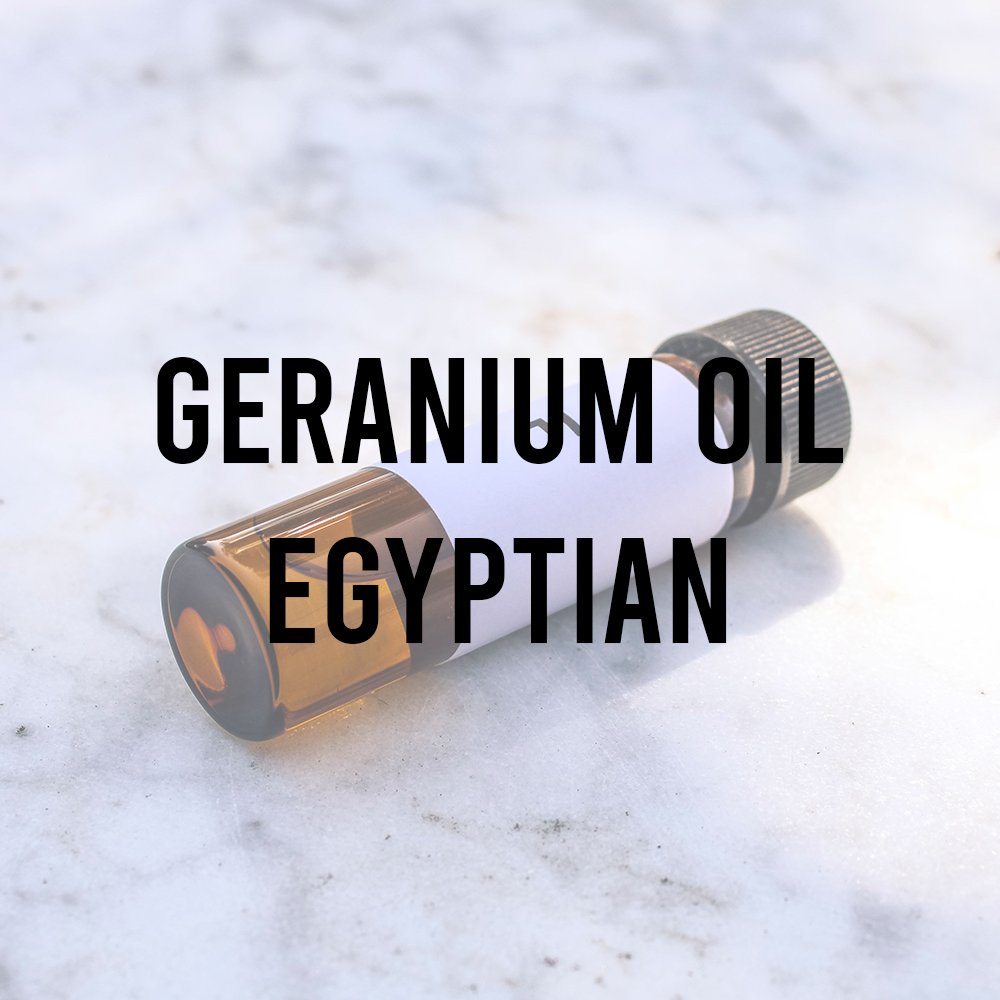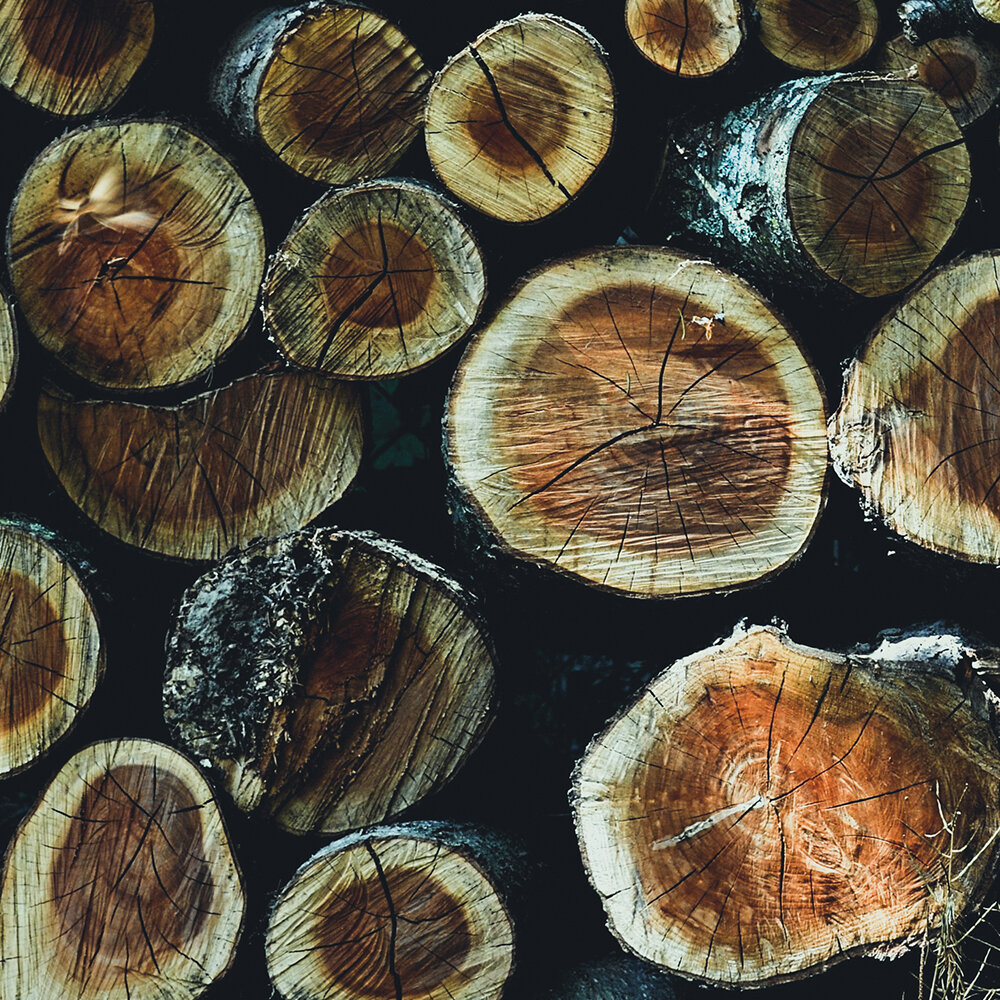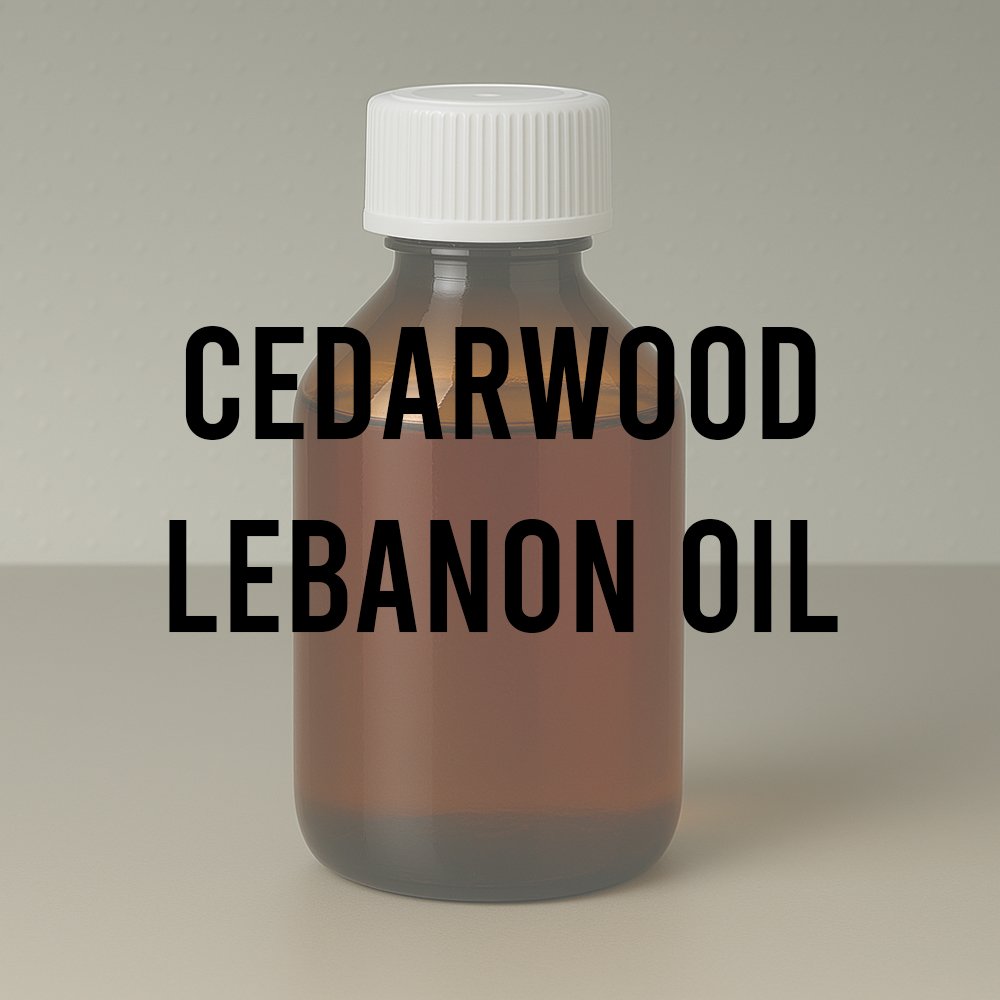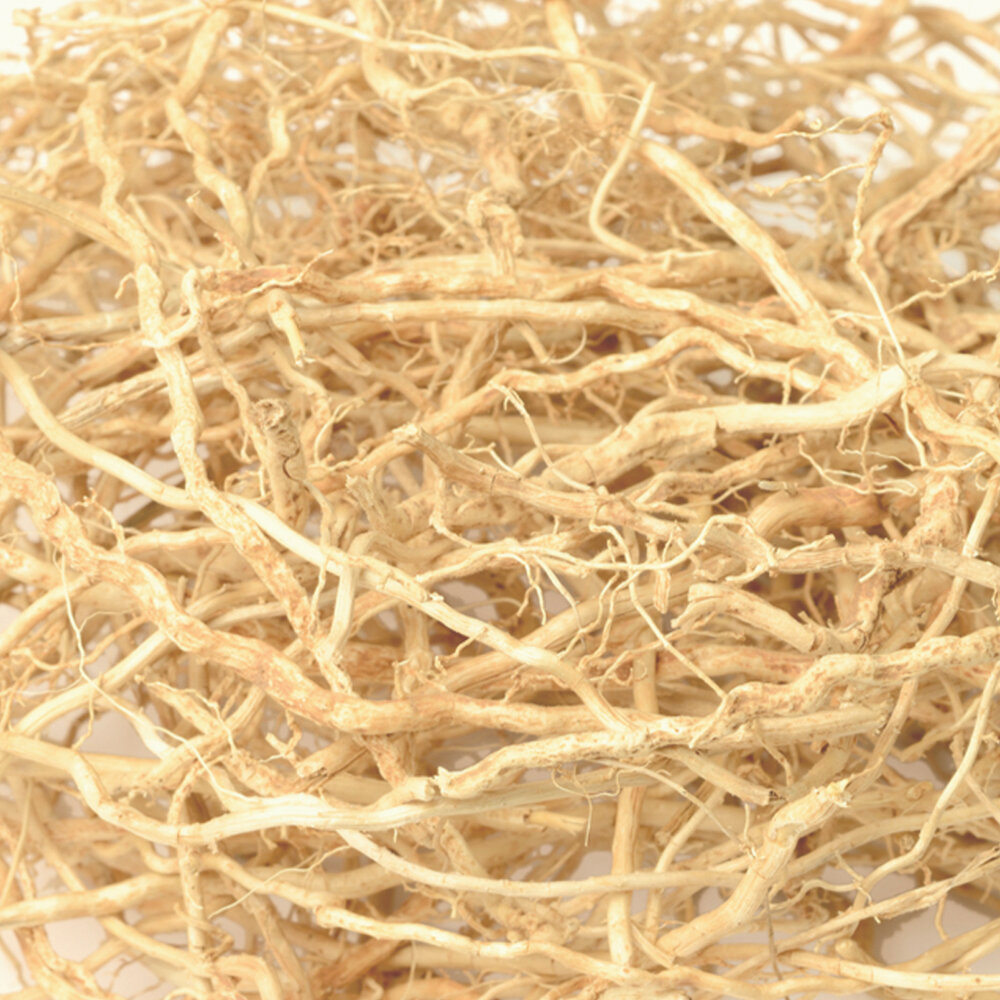Jasmine Grandiflorum Absolute Technical Ingredient Overview
🔎 Botanical Name — Jasminum officinale var. grandiflorum (also classified as Jasminum grandiflorum L.)
🧪 Common Names — Jasmine Grandiflorum Absolute, Royal Jasmine, Spanish Jasmine, Poet's Jasmine, Jasmin de Grasse
📂 CAS Number — 8022-96-6 (jasmine oil/absolute mixture); 84776-64-7 (extract)
📘 FEMA Number — FEMA 2601 (jasmine oil general classification)
📘 EINECS Number — 283-993-5
📝 Odor Type — Floral, white flower, rich, opulent
📈 Odor Strength — Extremely powerful, highly diffusive
👃🏼 Odor Profile — Intensely floral, warm, rich, highly diffusive with a peculiar waxy-herbaceous, oily-fruity, and tea-like undertone. Deep, sensual, solar, with creamy, honeyed, and slightly animalic (indolic) facets
⚗️ Uses — Fine fragrance (floral, oriental, chypre), functional perfumery, aromatherapy, flavoring (limited use)
🧴 Appearance — Dark orange to reddish-brown viscous liquid (deepens to chocolate-brown with age)
🕐 Tenacity — Exceptional, extremely long-lasting (several days to weeks)
🌸 Extraction Method — Solvent extraction (hexane or petroleum ether) of flowers to produce concrete, followed by alcohol extraction to yield absolute
📊 Typical Yield — Concrete: ~0.2-0.3% from fresh flowers; Absolute: 50-70% from concrete
🌍 Major Production Origins — Egypt (Nile Delta region), India (Coimbatore, Tamil Nadu), Morocco, Italy, France (Grasse)
What is Jasmine Grandiflorum Absolute?
Jasmine Grandiflorum Absolute is one of the most important and revered natural perfume materials, extracted from the delicate white flowers of Jasminum officinale var. grandiflorum. This precious absolute represents the pinnacle of floral perfumery, valued for its complex, multifaceted aroma that combines intense floralcy with honeyed warmth, subtle green notes, and distinctive animalic undertones.
The material is produced through a two-stage extraction process: fresh flowers are first extracted with hydrocarbon solvents (typically hexane) to produce jasmine concrete—a waxy, semi-solid mass. This concrete is then washed with alcohol and chilled to remove plant waxes, yielding the absolute. The result is a concentrated aromatic liquid that captures the essence of jasmine flowers with remarkable fidelity.
Jasmine Grandiflorum Absolute is distinguished from its close relative, Jasmine Sambac, by its more elegant, refined, and creamy-floral character. While both are essential to perfumery, Grandiflorum is considered more sophisticated and is the traditional "jasmine of Grasse," historically the gold standard in fine fragrance composition.
Historical Background
Jasmine has been treasured for millennia, with its use dating back to ancient civilizations of Asia and the Middle East where it was employed in sacred rituals, cosmetics, and medicine. The plant originated in the mountainous regions of northwest India and the Himalayas, spreading along ancient trade routes to Persia, Egypt, and eventually the Mediterranean.
The cultivation of Jasminum grandiflorum in Grasse, France, began in the 16th century and became central to the region's perfume industry. By the 18th and 19th centuries, Grasse jasmine had achieved legendary status, with the flower affectionately known simply as "The Flower" among local perfumers. The cultivation and extraction techniques developed in Grasse set global standards for quality and craftsmanship.
Historically, jasmine was processed using enfleurage—a labor-intensive method where freshly picked flowers were laid on fat-coated glass plates, allowing their fragrance to be absorbed over 24-48 hours. This process, repeated for weeks during the flowering season, produced jasmine pomade, which was then extracted with alcohol to yield jasmine absolute from pomade. While enfleurage produced extraordinary quality, the method proved economically unsustainable and was largely replaced by solvent extraction in the mid-20th century.
In the 1950s, French industrialists introduced jasmine cultivation to Egypt and expanded production in India, diversifying the global supply. Today, Egypt and India dominate world production, with Egypt's Nile Delta region (particularly Shubra Blula village in Gharbia province) and India's Tamil Nadu region (around Coimbatore) serving as the primary sources. Traditional production continues in Grasse on a smaller scale, with cultivation recognized by UNESCO as Intangible Cultural Heritage.
Olfactory Profile
Scent Family: White Floral / Floral
Main Descriptors:
Core Character: Intensely floral, warm, rich, highly diffusive
Primary Facets: Creamy, honeyed, opulent, sensual
Secondary Facets: Waxy-herbaceous, oily-fruity, tea-like
Undertones: Animalic (indolic), slightly green, solar
Regional Variations:
Egyptian: Deep, sensual, solar, fruity (paracresol character)
Indian: Greener, more herbaceous, balanced, with pronounced tea-like notes
French (Grasse): Most refined and elegant, balanced green and animalic notes
Italian (Calabria): More fruity with hints of cooked strawberry
Key Chemical Components (typical composition):
Benzyl acetate: 15-25% (sweet, fruity-floral)
Benzyl benzoate: 10-22% (balsamic, fixative)
Linalool: 4-6% (fresh, floral-woody)
Phytol & Isophytol: 7-15% combined (waxy, green)
Indole: 1-3% (animalic, fecal in concentration, floral when diluted)
cis-Jasmone: 0.5-2% (characteristic jasmine note)
Methyl jasmonate: 0.3-1% (powerful jasmine character-impact compound)
Eugenol: 1-2% (spicy-sweet)
Geranyl linalool: 3-5% (floral-rosy)
Benzyl alcohol: 1-2% (mild, balsamic)
Intensity: Extremely powerful and highly diffusive—one of the most potent natural perfumery materials. Even at 0.1-1% dilution in a fragrance concentrate, jasmine absolute dominates and defines the composition.
Tenacity: Exceptional longevity, persisting for days on fabric and skin. Functions as both a heart note and base note fixative.
Diffusion: Outstanding radiance and projection. Jasmine absolute is renowned for its ability to "bloom" and evolve over time, revealing different facets throughout its development.
Applications in Fine Fragrance
Jasmine Grandiflorum Absolute is indispensable in fine perfumery, particularly in classic floral compositions. The famous perfumer's adage "no perfume without jasmine" reflects its near-universal application. It forms the backbone of the jasmine-rose complex that defines countless "grand parfums" and sophisticated floral fragrances. Used in aldehydic florals, chypres, oriental blends, and as a modifier in citrus colognes. Typical usage: 0.5-5% in fragrance concentrates. Blends excellently with rose, ylang-ylang, tuberose, orange blossom, sandalwood, vetiver, oakmoss, and synthetic musks.
Performance in Formula
Exceptional substantivity on both skin and textiles. Acts as a powerful heart note while simultaneously functioning as a fixative that extends the longevity of top notes and enhances overall composition tenacity. Provides natural "rounding" and sophistication to synthetic materials. The absolute's complex composition creates synergistic effects with other ingredients, producing results that exceed simple additive blending.
Industrial & Technical Uses
Beyond fine fragrance, jasmine absolute finds application in high-end personal care products (luxury skincare, hair care), aromatherapy (credited with mood-enhancing and aphrodisiac properties), and limited use in premium food flavoring. Due to its cost (~€4,000-5,000 per kilogram), industrial applications are typically restricted to prestige products.
Regulatory & Safety Overview
IFRA Status: Jasmine Grandiflorum Absolute is restricted under IFRA Standards (Amendment 51 and subsequent amendments) due to the presence of multiple allergens including benzyl alcohol, benzyl benzoate, benzyl salicylate, linalool, eugenol, and geraniol. Specific maximum use levels vary by product category—typically limited to approximately 0.7% in finished products for leave-on applications (Category 4). Perfumers must account for naturally occurring restricted components when calculating IFRA compliance.
EU Cosmetics Regulation (EC) No 1223/2009: Jasmine Grandiflorum Absolute is classified as a fragrance allergen. Under European Regulation 2023/1545 (26 August 2023), its presence must be declared on product labels when concentration exceeds 0.001% in leave-on products or 0.01% in rinse-off products. All naturally occurring allergens within the absolute (benzyl alcohol, benzyl benzoate, linalool, etc.) must also be individually declared if present above threshold levels.
Toxicology & Safety: Jasmine absolute may cause allergic skin reactions in sensitive individuals due to its complex composition of known sensitizers. Repeat Insult Patch Testing (RIPT) is recommended for products containing jasmine absolute. The material is considered non-toxic at typical use levels but should be handled with standard perfumery precautions. Avoid eye contact and prolonged skin exposure in concentrated form.
Environmental Classification: H411 - Toxic to aquatic life with long-lasting effects. Should not be released into waterways or environmental systems without proper containment and disposal procedures.
Storage & Handling: Store in tightly sealed containers in cool, dark conditions (ideally refrigerated). The absolute darkens naturally with age but this does not significantly affect olfactory quality if properly stored. Shelf life: 3-5 years when refrigerated in amber glass with minimal headspace.
References
Arctander, S. (1960). Perfume and Flavor Materials of Natural Origin. Elizabeth, NJ: Published by the author.
ChemicalBook. (n.d.). Jasmine, Jasminum grandiflorum, ext. (CAS 84776-64-7). Retrieved from https://www.chemicalbook.com
FEMA. (n.d.). Jasmine Absolute (Jasminum grandiflorum L.). Flavor and Extract Manufacturers Association Flavor Library.
IFRA. (2023). IFRA Standards Library - Amendment 51. International Fragrance Association. Retrieved from https://ifrafragrance.org/standards-library
Pybus, D., & Sell, C. (Eds.). (2006). The Chemistry of Fragrances: From Perfumer to Consumer (2nd ed.). Cambridge: Royal Society of Chemistry.
Rowe, D. J. (Ed.). (2005). Chemistry and Technology of Flavors and Fragrances. Oxford: Blackwell Publishing.




